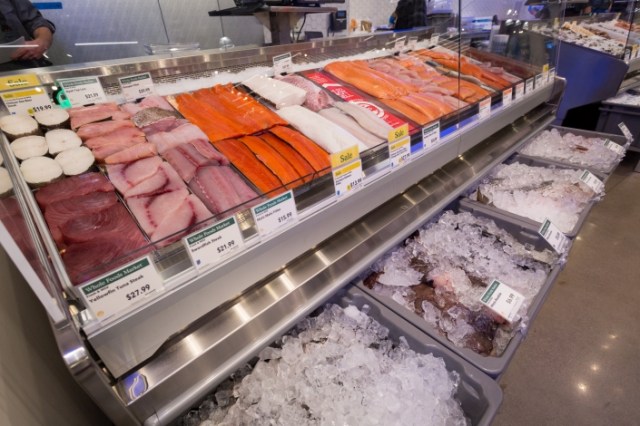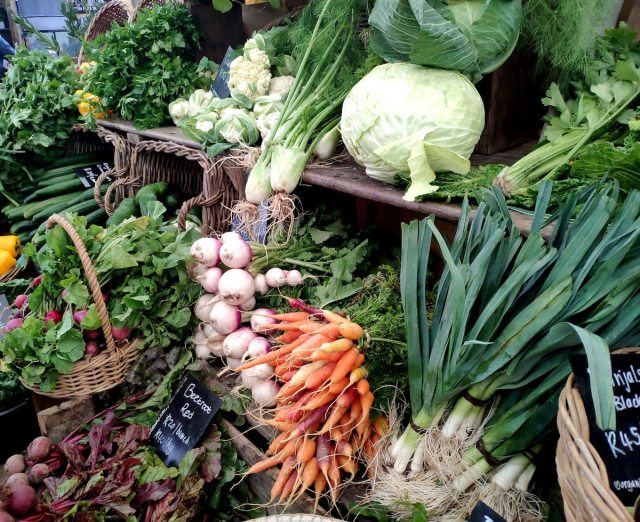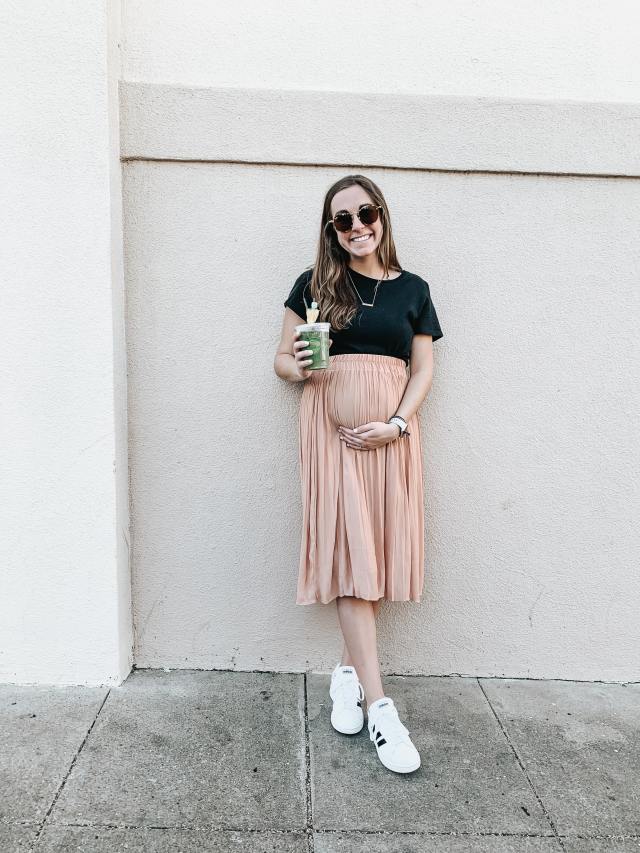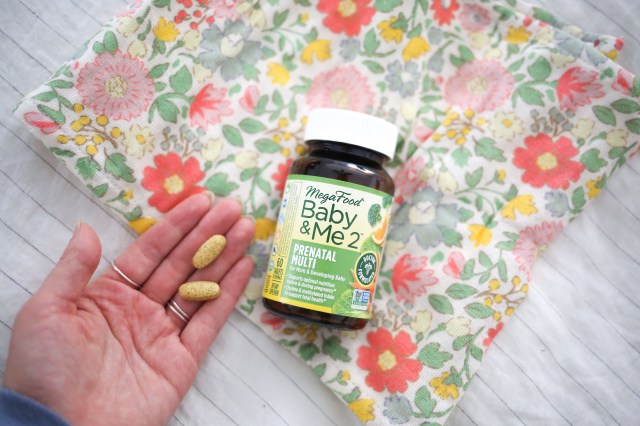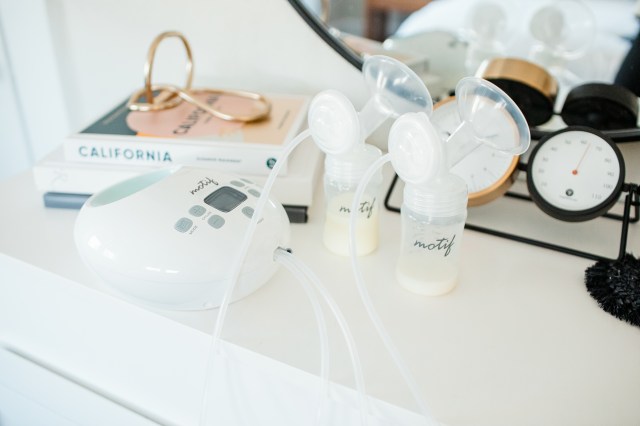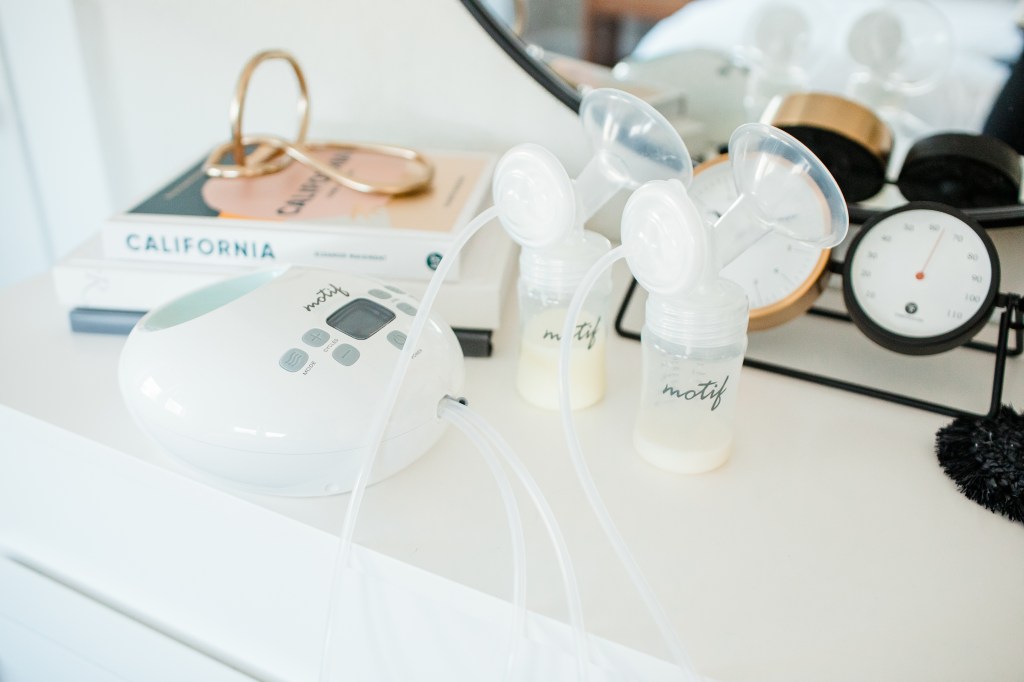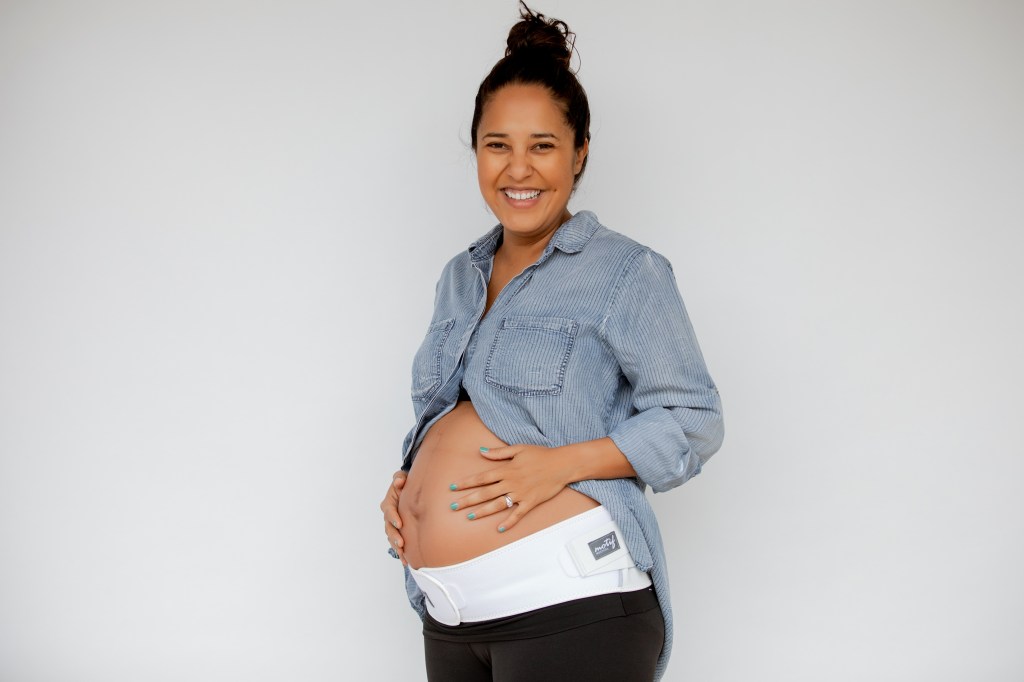“A Rainbow Baby is a child born after a miscarriage, still birth, neonatal death or infant loss. In the real world, a beautiful and bright rainbow follows a storm and gives hope of things getting better. This term has encouraged parents to share their stories of loss and the babies that followed. “
Our rainbow baby, Giada Grace Merendino, was born 8/16/16 at 8:08 am. In my heart I knew we would meet her one day and that our dream of having a family would come true; but during the darkness its always hard to see the light.
Our storm started in April 2015 and it wasn’t until August of 2016 that we finally saw our Rainbow.
When I first found out I was pregnant, I just expected it to be easy. I have so many women in my family who have given birth and handled pregnancy like goddesses.
Why would I be any different?
Once I knew I was pregnant, I immediately started sharing this news with my friends and family. Not only because I was one of the last ones to actually be pregnant but because I felt strange not telling them.
From day one I felt that there was no shame in a miscarriage and if anything did happen I wanted the love and support from those closest to me.
Since I am a hippie dippie crunchy yogi goddess I started to put all my focus into how I could labor this baby at home.
A dreamy labor – it would be of course in a birthing a tub, soft music playing in the background, candles, a salt lamp, essential oils and the strong tribe of ladies in my life to support me.
Just one problem – my husband didn’t feel comfortable with the idea of meeting his first born in the living room. Luckily for meI had secured us a spot in a midwife practice that worked out of the hospital; seemed to be the best of both worlds. Eleven weeks after my positive pregnancy test, a home birth is exactly what I experienced, however it was not as glamorous as my manifestations.
One Sunday afternoon while at my Aunt’s house I started to feel a familiar cramping in my lady parts – it felt like I was getting my period, but it couldn’t be, I was pregnant.
Sure enough I was spotting.
Well this could be normal….I thought…..
All those pregnancy blogs mention girls bleeding on and off and some even their whole pregnancies (blogs are the end all be all right?)
Trying not to think the worst at this point was just impossible. Fear had fully kicked in and the only thing I could think was I am losing this baby.
A call to my midwife resulted in an order to rest, elevate feet, drink lots of water and get some veggies. I was told it could be a few things at this point so we really just needed to wait and see how things progressed. I followed all of these instructions and was even able to get some sleep. A few hours later I was woken up to intense cramping and more spotting. This time the call to the doc lead us to the hospital to get checked out.
My hospital experience was awful; the midwives partnered with a learning hospital which means you are often visited by many practitioners asking the same questions. (not very fun when you are talking about possibly losing your baby) At this point, I still believed everything was ok and they were totally going to hear a heartbeat.
The sono machines at the hospital proved to be inclusive as they were not able to detect a heartbeat however I was told I still had to follow up with my doctors in the morning to be sure. The earliest they could get me in was noon (how considerate). At noon is when our biggest fear was confirmed.
No heartbeat.
The baby stopped growing at eight weeks.
I was given three options:
1. D&C Surgery
2. Medication to push things along
3. Naturally let my body progress
At this time I was not hearing anything other than natural. Never having a surgery before in my life, this was not going to be the time. In my mind thats what went with my mindset of holistic wellness. And how bad could it be? I imagined it to be just a heavy period. I knew emotionally it would be hard but I was not prepared for the physical part at all. The doctors did not sway me in any direction, nor did they prepare me for what to expect with any of the options.
Heads down and dreams crushed we headed home to wait.
11pm that night is when the contractions began. Seven hours of them, and for most of that time they were about three mins apart and almost a full minute long. WTF – how do people have babies?!?! Screaming and hot water from the shower were the only things that brought me a little bit of relief during this time; I was falling apart.
It was the scariest moment of my life but I knew in my heart it would serve a purpose.
Once I was able to take control of my fear and let my inner grace take over, I became strong and empowered. I pulled out my essential oils (I mean I was already planning a home birth for Nov, so why not use the tools I had discovered) This is when I realized I was going to have a birth and it wasn’t just going to be a heavy period.
I used clary sage to help intensify the contractions (even though I thought to myself – is that even possible?) I used lavender on my heart and wrists to try and bring some feelings of calm, and peppermint on the back of my neck to help with the hot flashes. I wasn’t successful at keeping any food down, so I knew I was getting dehydrated – water, ice pops nothing was working. So I downed some Ningxia Red as a last attempt – 3/4 of bottle I tanked down and it did the trick.
I prayed to my grandma and angels and asked them to protect me and give me strength.
The following 1/2 hour, while incredibly devastating, was truly remarkable as well. A lot of blood, and large clots, led to a fetus in the tub with me. The miracle of life was before me and in that moment I realized just how much of miracle it would be to have a baby. The placenta came next, as tiny as it was, I was moved by its beauty.
It almost felt like I was having an outer body experience. Within minutes of passing the placenta, I was brought back to my body. I was hemorrhaging.
As if things couldn’t get any worse, out the door we went to the ER.
Driving to the hospital, bleeding uncontrollably, I had a clear moment of thought and said to Tony -This is all happening for a reason, there is purpose in this pain – I am meant to help others going through similar storms.
I wasn’t sure how but it was deep knowing. We got to the ER, it was a slow process of getting checked in. (Good thing I wasn’t bleeding gallons from my vagina). The next 4 hours consisted of pelvic exam after pelvic exam, lots of clots and internal sono’s. Remember when I said it was learning hospital? A lot of students learned on me and got a good look at what was going on. Finally it was determined that my uterus was not going to stop contracting on its own so there had to be some tissue still inside – I was put in for an emergency D&C procedure.
Everything I was trying to avoid was happening anyway.
I was moved from the ER to the OR to get prepped. At this point I had caved and taken some pain meds. I can still be brought back to that moment in an instant. Divine intervention took place and I was presented with a Guardian Angel in human form. My cousin, who was an OR nurse, was working this shift saw my name pop up on the board and came running to find me. In a cold, scary place it was such a blessing to have a familiar face and the comfort of being in good hands before and after the surgery.
The recovery afterwards physically was uncomfortable but emotionally I was at peace. I already knew deep down this happened for a reason and I knew one day we would have a family. The surgeon recommended we wait at least two cycles before trying again, but they didn’t recommend me for testing even though I asked. I was told they don’t test until three losses.
For us, we decided after one cycle to go with the flow and let nature take its course.
I mean I thought it couldn’t happen again right?
No more than two months later, I was peeing on a stick and glowing with joy.
Pregnant again! I always joke that Tony can pretty much look at me and I am pregnant. This time around fear kicked in about three minutes after realizing I was pregnant. I insisted on the midwives seeing me earlier than eight weeks this time around; they took me at seven weeks. The sono tech could not locate a heartbeat at all, only could see the gestational sac. This could be normal I was told, with it being so early and that you might not be as far along as you think.
Come back in a week.
A week later – no change.
There was a change in me however. There was no way in hell I would go through this on my own again. I immediately requested a D&C, but much to my surprise the same midwife who coached me through my home miscarriage tried to talk me out of the surgery, telling me all of the potential dangers of it. Did she not remember being woken up in the middle of the night with a screaming patient who continued to call and scream through the pain for hours? Well even if she didn’t remember she had my chart in front of her…….. what a nice personal feel this office had huh? In the end I had the surgery and it was easier to handle. The testing of the surgery came back inconclusive and they refused to do additional testing on me as this was only my second loss.
At this point, there was no way I was going to stay with this practice. I believe that pregnancy is such a blessing and you should be surrounded by support, and I wasn’t being supported here so time to move on.
In a talk with my primary doctor, she had mentioned my story sounded a lot like hers. She wanted to test me for a genetic mutation, MTHFR, in an attempt to start ruling things out. It was a simple blood test and we could take it from there. Much to my ego’s surprise – I tested positive for one copy of this genetic mutation. This mutation effects many things in the body (that I have suffered with in earlier years) but is also associated with pregnancy loss. She gave me a referral to a perinatal specialist she had seen and I felt this was the right path.
In October of 2015 things started to look positive. We had met with the specialist, which led to tons of blood work (and by tons I mean 46 tubes at one time), which concluded that I had PCOS, MTHFR, 4G/5G and a placenta protein PAPPA. The MTHFR most commonly affects the way your body processes folate – in fact I can’t process the synthetic form most know as folic acid, which I was pumping my body full of this because thats what the internet tells you to do when you want to start a family. MTHFR also makes you more prone to clots. All of my conditions together made me at a very high risk for clots. While the doctor wasn’t able to tell me for sure, it was thought that blood clots had affected my placenta in the previous pregnancies resulting in the losses.
I was also told that my ovaries were that of a spring chicken and there wasn’t a doubt in his mind I could carry a healthy baby to term, with the assistance of medication and supervision.
This is where the West meets the East in my journey. I had sworn off medications and doctors for that matter, but just as any good story would be, doctors and medication would be the only way for us to have a baby. I was given a laundry list of medications that I would take once I was pregnant. This list included folate in its natural form, Metaforim, Progesterone, baby aspirin and Lovenox. I would have to have daily injections of blood thinners into my belly to prevent clotting. He would see me twice a month throughout and gave me a high risk OB that he worked with as well. We were given the green light to start trying the next cycle.
Around the time I was due for my next period, it came but only for one day. I have always been super regular so I thought this was strange and I didn’t have implantation bleeding in either of my other two pregnancies so I was sure that was not the case. A few days later I decided to take a pregnancy test to calm my mind. This is when it was confirmed that Tony just looking at me resulted in pregnancy LOL – I was pregnant again.
Third time this year.
My poor body.
My familiar friend fear came back, but this time it was so much more heightened. The daily injections had me beside myself but I knew how important it was and my desire to have a baby was so strong I knew I had get through it. The day after my positive pregnancy test, my injections began. For the next nine months Tony would administer the shots to me (I couldn’t even look at the needles without getting weak in the knees) that would eventually allow us to meet our rainbow baby. Over the course of the 39 weeks that followed, I would go the specialist bi-weekly, the OB once a month, see more needles than I ever imagined but I would never give up hope. I knew it was our time and things would be ok.
Looking back on my journey I don’t look at it as hard; there are so many women who never get answers to their fertility issues and never get to hold their babies in their arms.
Instead I look back with gratitude, so much gratitude that it feels like my heart could burst at any moment.
I am so thankful for every step of the way, for all that went wrong so that things could go right.
So thankful for the team of doctors that didn’t give up on me, the amazing sono techs who held my hand through each appointment and walked me through my fears, the medications that allowed me to carry my daughter to 39 weeks, my husband for supporting for me without ever second guessing what we were doing, my friends and family for their love and encouragement and for the angelic little being Giada Grace, who I know is here to teach me so much more than I could ever imagine.
I'm a (newish) mom, my little lady just turned one. After I had her I learned how easy it was to put myself last. As with most moms, its a given but as time went on it became harder to get back on track. I'm flowing from exhausted to empowher'ed!










